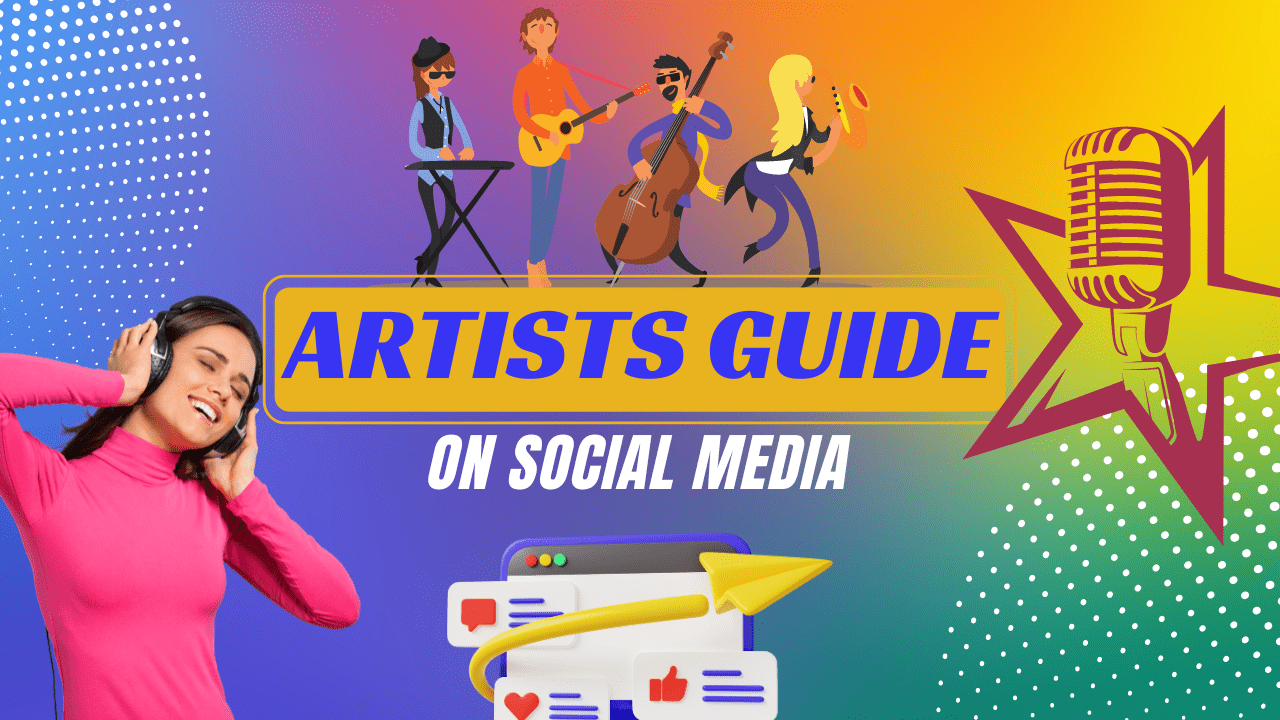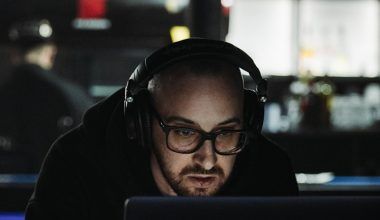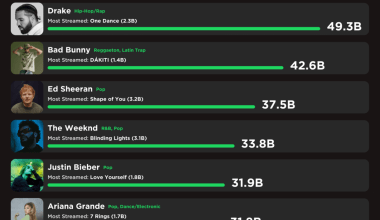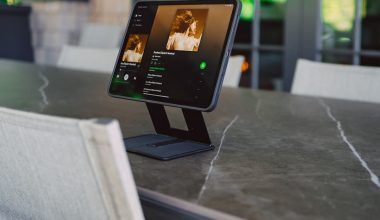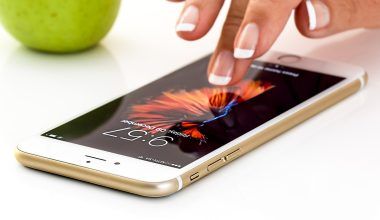You are probably looking to have a super awesome artist page on Facebook, Instagram, Twitter, YouTube, etc., with hundreds if not thousands of daily visits and interaction. This artists social media guide will help you achieve that goal by providing essential tips and strategies to enhance your online presence.
That’s absolutely doable!
But you will need to work on it, plan it, execute it, figure out which type of content to post on each channel, and you need to maintain consistency while doing it.
Why should you figure out which type of content to post on which channel?
Because not all content is suitable for each social media platform. And it is better to post entirely different things on different platforms as it might even help you boost engagement on your channel.
So what should be posted on each channel, and how often?
Facebook: Essential Tips for Artists
We suggest that you publish 1-2 posts per day on Facebook. And do bear in mind that your fans and audience will have a low tolerance for any non-relevant content on your page. So make sure you only post content that your fans/audience will be interested in. The most effective and interesting type of content to post on Facebook would be videos, live videos, blog posts, and any other curated content. Video posts on Facebook generate the highest average reach among all post types.
Instagram: Boosting Engagement
It is generally recommended that we post on Instagram every day, but only 1-2 posts per day, to get the most engagement and increase the number of our followers. The best type of content to use on Instagram as artists would be behind-the-scenes photos/videos, album or song covers, user-generated content, quotes, stories, announcements, or any other high-resolution photos.
YouTube: Creating Quality Content
Posting videos is a bit harder than posting images because you need to quickly polish, edit, produce the video, and post it on YouTube. So it is better if you create a specific posting schedule. Don’t overcommit because creating good-quality videos takes time. Try offering something new on a weekly basis. For videos, you can either post a video every 3-4 days or once a week.
Twitter: Maximizing Visibility
Twitter is a platform where a high number of tweets per day can be tolerated because the average lifespan of a tweet is an hour. It is still the most chronological social network, so the more you post on the platform, the more visibility and clicks your posts will get. It is recommended that we post up to 15 tweets per day. The type of content that can be used on the platform would be news, blog posts, photos, videos, GIFs, and links, with the link preview.
Pinterest: Leveraging Visual Content
Pinterest can be a valuable tool for artists, especially those who focus on visual content. It’s ideal for sharing album art, behind-the-scenes photos, infographics about your music process, and mood boards. Aim to pin consistently, focusing on high-quality visuals and descriptions that include relevant keywords.
LinkedIn: Professional Networking for Artists
LinkedIn might not be the first platform that comes to mind for artists, but it’s perfect for networking with industry professionals. Share updates about your music career, blog posts, and professional achievements. Posting 2-3 times a week can help you stay connected with other professionals and potentially open up new opportunities.
Snapchat: Building Personal Connections
Snapchat allows for quick, personal connections with your audience. Share short, behind-the-scenes snaps, updates on new projects, and exclusive content. Daily activity is recommended to keep your audience engaged.
Content Planning and Scheduling
Creating a content calendar can help you stay organized and consistent. Plan your posts for each platform a month in advance, adjusting as necessary based on engagement and analytics. Tools like Hootsuite, Buffer, and Later can help manage your posts across different platforms.
Engaging with Your Audience
Engagement is crucial for building a loyal fan base. Respond to comments, messages, and mentions. Host live sessions on platforms like Instagram and Facebook to interact with your audience in real time. This not only boosts your visibility but also fosters a stronger connection with your fans.
Utilizing Analytics for Artists
Analytics tools provided by each platform can help you understand what type of content works best. Monitor metrics like engagement rates, reach, and follower growth. Use this data to refine your strategy and focus on what resonates most with your audience.
Collaborations and Cross-Promotions
Collaborating with other artists and influencers can help expand your reach. Look for opportunities to cross-promote on each other’s platforms. This not only brings in new followers but also adds variety to your content.
Incorporate SEO practices for artist into social media strategy. Use relevant keywords in your posts, descriptions, and tags. For example, if your focus is on artists social media guide, ensure that phrase is used naturally in your content. This helps improve the visibility of your posts in search results.
Consistency and Patience
Building a successful social media presence takes time and consistency. Stay committed to your posting schedule, engage with your audience regularly, and continuously improve your content based on feedback and analytics.
Conclusion
In conclusion, this artists social media guide emphasizes the importance of understanding each platform, creating engaging content, and maintaining consistency. By following these strategies, artists can significantly boost their online presence and build a loyal fan base.
For further reading, explore these related articles:
- Write an Effective Musician Bio: An Artist’s Guide
- Social Media Campaigns for Your Music Launch
- Live Streaming Guide for Artists
For additional resources on music marketing and distribution, visit Deliver My Tune.
